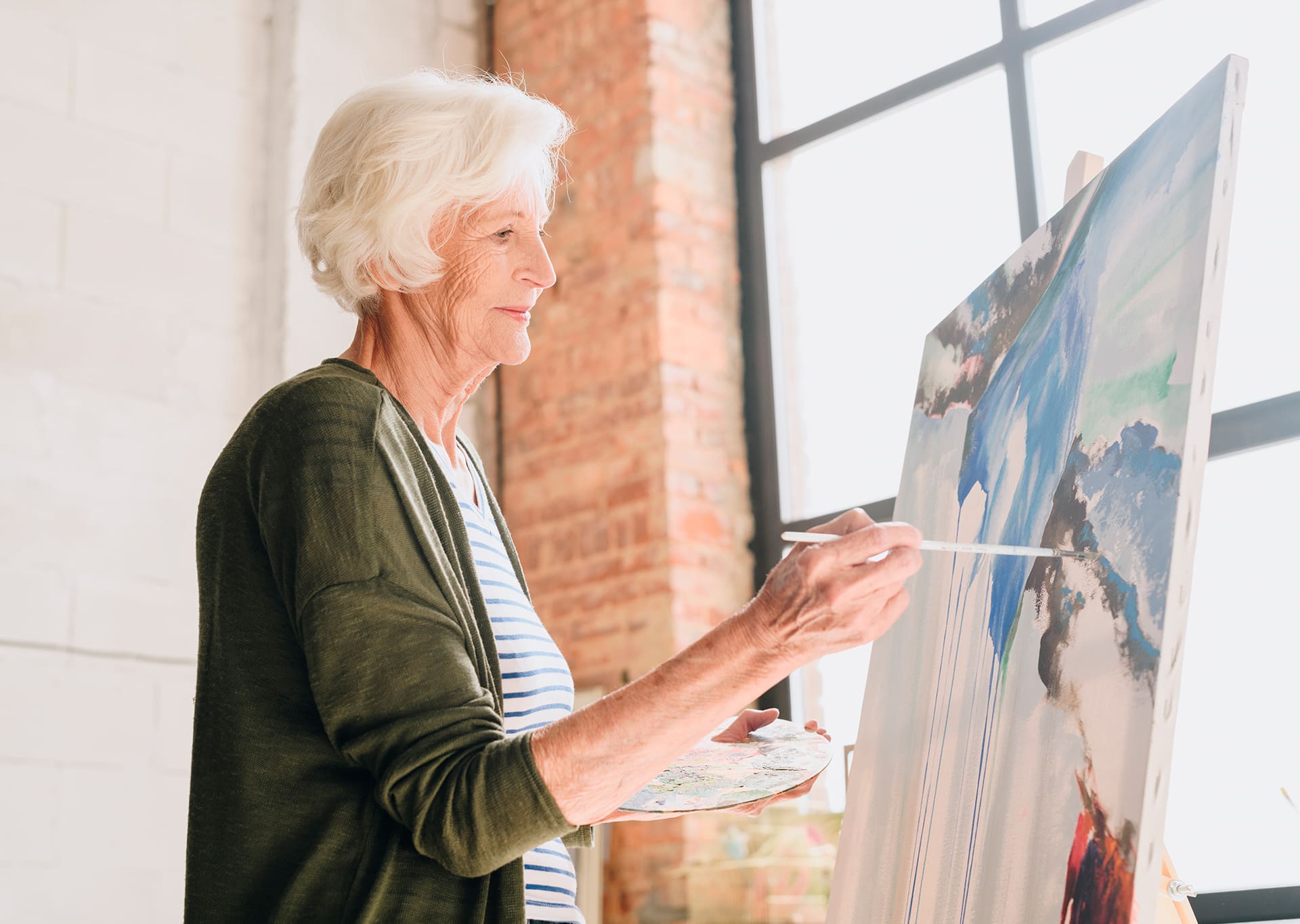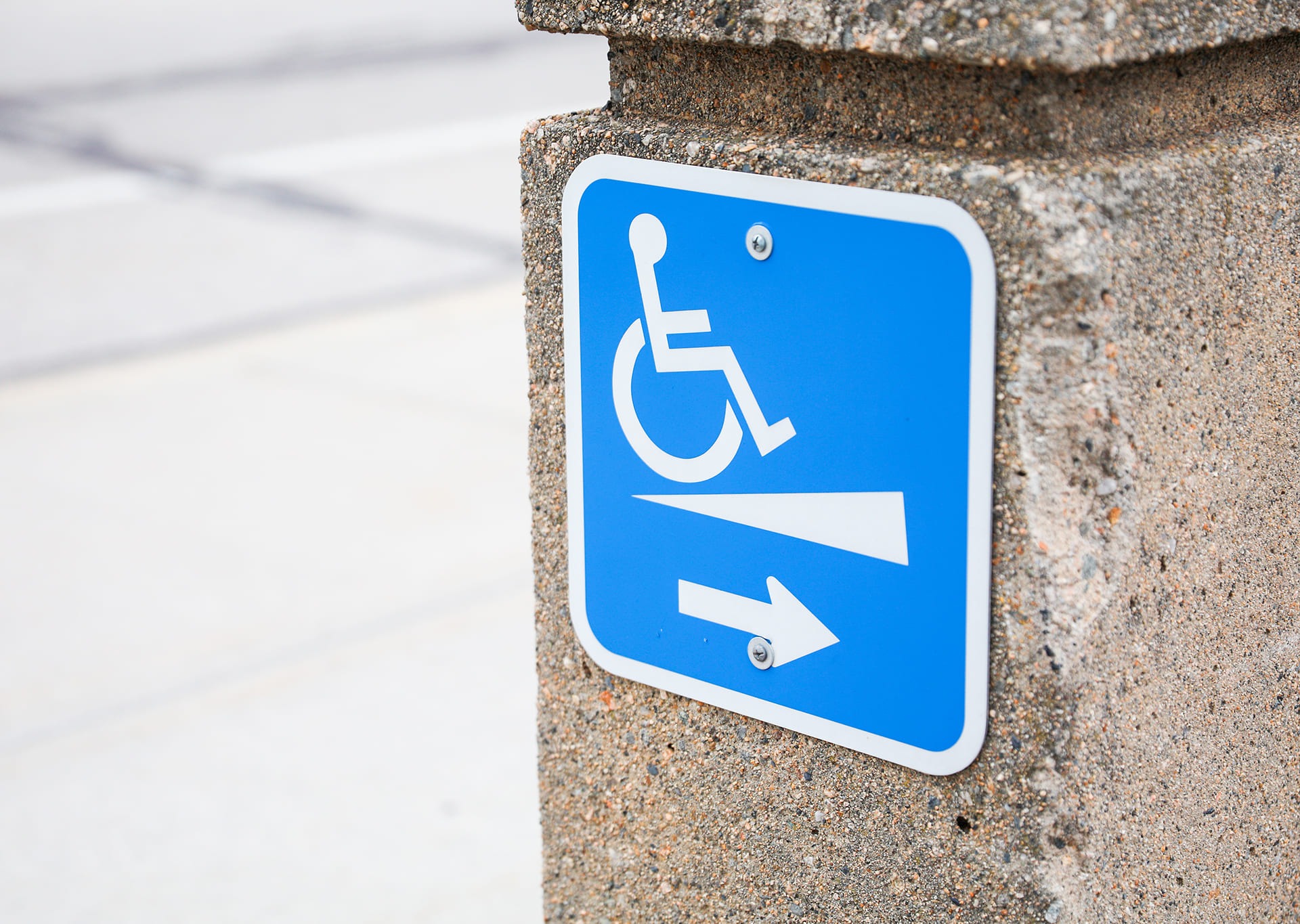
Art as therapy: benefits for mental health
Did you know that artistic activities have a profoundly positive impact on the emotional and mental health of older people? Beyond being a form of entertainment, art acts as a therapeutic tool that fosters creativity, reduces stress, and promotes emotional expression in ways that words sometimes fail to achieve. Practicing activities such as painting, music, dance, or crafts not only enriches everyday life, but also brings tangible benefits to the mental and physical health of older adults.
Stimulating creativity and improving mood
One of the greatest benefits of art is its ability to improve mood. By participating in these activities, older people experience a sense of accomplishment, which reinforces their self-esteem and helps them maintain a positive outlook on life. The creative process also encourages concentration and focus, helping to keep the mind active and reducing the risk of cognitive decline associated with age.
Art allows older people to escape daily stress and immerse themselves in a space of tranquility and focus. Whether creating a painting, molding clay, or playing a musical instrument, these activities generate a sense of satisfaction and joy.
Promoting socialization and reducing isolation
In addition to its individual benefits, art also encourages socialization. Many art activities, such as painting workshops or musical choirs, are done in a group, providing the opportunity to interact with other people. This is especially relevant for older adults, who often deal with feelings of isolation or loneliness. Participating in group activities helps create new connections, strengthen existing relationships, and share experiences in a positive environment.
Social interaction is essential to maintaining good mental health, and art provides a natural and enjoyable avenue for doing so. Even for people with physical or cognitive limitations, participating in group art activities can be a way to strengthen community ties and feel part of something bigger.
An avenue for emotional expression
As we age, expressing emotions and experiences can become more difficult. Older people often face barriers to communicating their feelings due to health problems or age-related emotional changes. This is where art becomes a powerful tool.
Art allows for free emotional expression, without the need for words. Painting a landscape, sculpting a figure, or performing a melody can be a way to release complex feelings and find solace in creativity. This type of expression can be particularly therapeutic for people facing loss or major life transitions, helping them process their emotions in a constructive way.
Adaptations for people with reduced mobility
Art is an inclusive activity that can be adapted to each person’s physical needs. For those with reduced mobility, there are specialized tools designed to facilitate their participation. For example, adjustable tables and adapted musical instruments make it possible for anyone, regardless of their limitations, to enjoy creativity.
These adaptations not only improve accessibility, but also foster a feeling of independence. Seniors with limited mobility may find in art a way to maintain their autonomy, while still enjoying its physical and emotional benefits.
Impact on mental and physical health
In addition to the emotional benefits, art also has a positive impact on physical health. For example, activities such as painting or knitting help improve manual dexterity and fine motor coordination, skills that can deteriorate with age. Music and dance, on the other hand, can include movements that contribute to improving balance and flexibility, strengthening the body in a gentle and pleasurable way.
Art also stimulates the brain, helping to maintain cognitive abilities. Activities such as drawing or creative problem solving stimulate memory, critical thinking, and attention. These effects are especially beneficial in preventing or delaying neurodegenerative diseases, such as Alzheimer’s.
Art is much more than a recreational activity; it is a powerful therapeutic tool that can transform the lives of older people. Its benefits extend from improving mood and reducing stress, to promoting socialization and strengthening cognitive and motor skills. For those facing physical challenges, such as reduced mobility, specialized adaptations and tools ensure that art is accessible and enjoyable for all.
Encouraging artistic practice in older age is a significant investment in their quality of life. Beyond being a simple form of entertainment, art becomes a pillar for a full, healthy and happy life. This proves that it is never too late to discover new passions and explore the beauty that creativity can bring.








